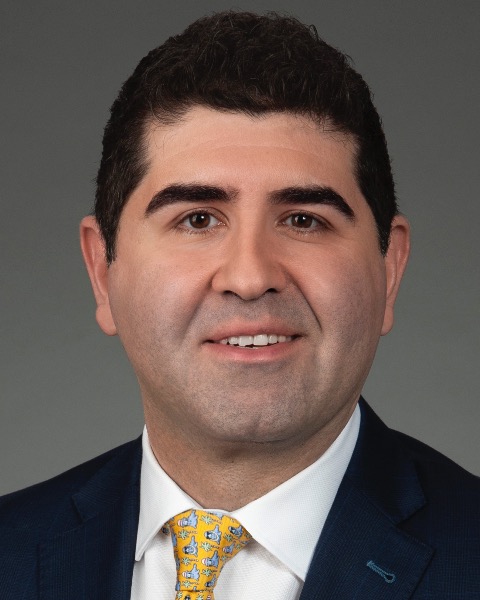Embolization
Contemporary Management and Outcomes of Blunt Splenic Trauma: An Analysis of the Trauma Quality Improvement Program Registry
.jpg)
Arrix L. Ryce, MSc (he/him/his)
Medical Student
Emory University School of MedicineDisclosure(s): No financial relationships to disclose
- RS
Randi Smith, MD, MPH
Assistant Professor of Surgery
Emory University School of Medicine - TH
Tarek Hanna, MD
Associate Professor of Radiology
Emory University School of Medicine 
Janice Newsome, MD, FSIR
Associate Professor
Emory School of Medicine- RD
Richard Duszak, MD
Professor of Radiology
University of Mississippi Medical Center 
Osman Ahmed, MD, FSIR
Associate Professor of Radiology
University of Chicago- MX
Minzhi Xing, MD, MPH
Statistician
Emory University Hospital 
Nima Kokabi, MD
Associate Professor of Radiology
University of North Carolina - Chapel Hill
Presenting Author(s)
Author/Co-author(s)
To evaluate the outcomes of management strategies among adult patients with blunt traumatic splenic injuries.
Materials and Methods: Patients 18 years and older with a blunt splenic injury registered via the Trauma Quality Improvement Program (2007-2019) were identified. Those with concomitant, potentially life-threatening injuries were excluded. Management strategies implemented within 24 hours of presentation to hospital were classified as nonoperative management (NOM), embolization, surgery, or combination therapy (embolization and surgery). Outcomes evaluated were hospital length of stay (LOS), intensive care unit (ICU) LOS, ventilator-dependent days, mortality, and blood transfusion volume within 4 hours of hospital presentation. To minimize baseline confounding among management strategies by clinical and demographic attributes, entropy balancing was performed. To estimate each management strategy’s effect on the selected outcomes, generalized linear models were fit to balanced samples. Head-to-head sub-analysis of the effect of embolization compared to surgery, combination therapy, and NOM was performed.
Results: Of patients who met inclusion criteria (n = 75,770), 79.2%, 4.3%, 16.2%, and 0.3% received NOM, embolization, surgery, and combination therapy, respectively. Following entropy balancing and modeling, head-to-head sub-analysis revealed that the hospital LOS associated with embolization (10.4 days) was shorter than that of surgery (11.7 days, P < .001) and longer than that of NOM (8.0 days, P < .001). The ICU LOS associated with embolization (5.2 days) was shorter than that of surgery (6.4 days, P < .001) and longer than that of NOM (4.7 days, P < .001). The number of ventilator-dependent days associated with embolization (5.8 days) was higher than that associated with surgery (5.0 days, P < .001) and NOM (4.7 days, P < .001). Compared to embolization, NOM and surgery were associated with a greater likelihood of mortality (odds ratios [ORs] 1.23 [P < 0.05] and 3.56 [P < .001], respectively). The blood transfusion volume associated with embolization (576 mL) was lower than that associated with surgery (1,063 mL, P < .001) and NOM (842 mL, P < .001).
Conclusion:
Despite embolization’s low rate of utilization among adults with isolated blunt traumatic splenic injuries, it was associated with shorter hospital and ICU LOS, lower likelihood of mortality, and lower blood transfusion volume when compared to surgical management.

.png)
.png)
.png)
.png)
.jpg)
.png)
.jpg)
.png)
.jpg)